Displaying 61 - 70 of 81
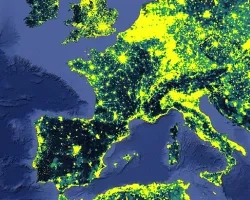
Topic
Vector-borne diseases, caused by pathogens and parasites, are transmitted through living organism carriers known as vectors. Mosquitoes are the most common disease vectors and transmit...
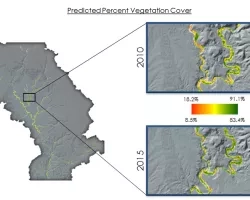
Topic
Riparian corridors in the semiarid Colorado River Basin act as an interface between terrestrial and aquatic systems, play an important role in maintaining biodiversity and...
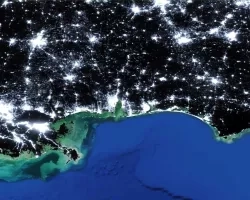
Topic
The expansion of cities and infrastructure networks has raised concerns regarding the impact of growing artificial light pollution on wildlife and human well-being. In addition...
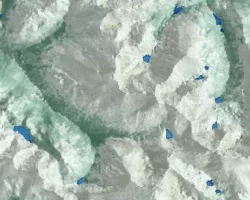
Topic
Alpine lakes in Rocky Mountain National Park (RMNP) serve as an important habitat and water source for wildlife and contribute to the overall aesthetic value...
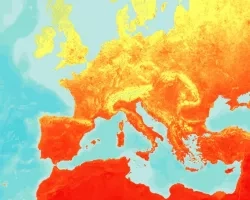
Topic
Vector-borne diseases, caused by pathogens and parasites, are transmitted through living organism carriers known as vectors. Mosquitoes, the most common disease vectors, transmit illnesses such...

Topic
Tidal wetlands, such as marshes, are among the Chesapeake Bay's most protective natural features. Not only do they provide vital ecological services such as breeding...
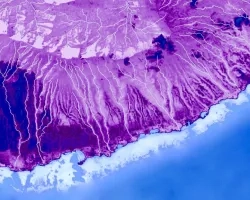
Topic
threat of invasive species has impacted fragile forests across the globe; such impacts can be particularly damaging on island ecosystems where a loss in vegetation...

Topic
Coastal cities like Providence, RI, and Elizabeth, NJ, are directly affected by extreme heat and flooding events, which impacts the lives of community members. Groundwork...
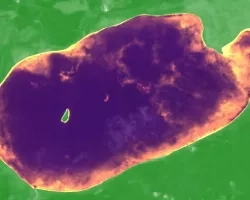
Topic
Crop wild relatives (CWRs) are genetically related to cultivated crops and function as repositories for genetic diversity. These plants have the potential to improve the...
